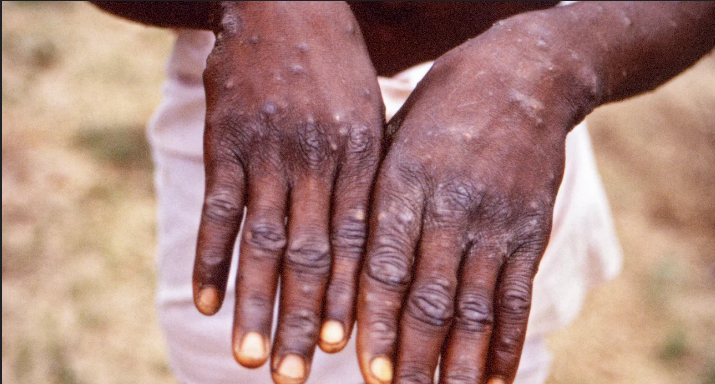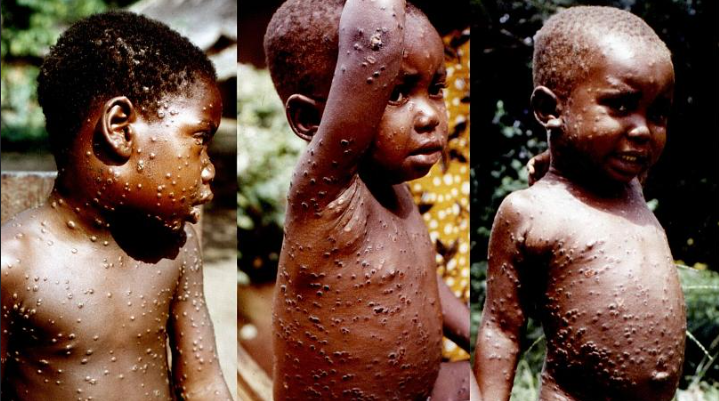Monkeypox (mpox) is a viral disease transmitted to humans from animals caused by the monkeypox virus. It’s symptoms in humans are similar (but less severe) to those seen in the past in smallpox patients. Although smallpox was declared eradicated by the WHO in 1980, monkeypox however continues to occur sporadically in Central and West Africa.
With an upsurge in mpox cases in the Democratic Republic of the Congo (DRC) and several other African countries, some of which had not previously reported any case of the disease, the World Health Organisation (WHO) has declared Monkeypox a Public Health Emergency of International Concern.
This year, the National Centre for Disease Control (NCDC) has recorded over 700 suspected cases of mpox and over 30 confirmed cases, affecting various Nigerian States including Bayelsa, Cross-River, Ogun, Lagos, Ondo, and Ebonyi.
Transmission Routes
- Animal-to-Human:MPox Infection can occur through direct contact with infected animals (e.g. via bites, scratches) or by handling infected monkeys, Gambian giant rats, and squirrels. Eating inadequately cooked meat from infected animals is also a risk factor.
- Human-to-Human: Spread mainly happens through prolonged face-to-face contact with respiratory droplets, direct contact with skin lesions or body fluids, or through recently contaminated objects (e.g., clothing, linens).
- The virus can also be transmitted from mother to fetus via the placenta (congenital monkeypox).
The virus can enter the body through skin lesions, the respiratory tract, or mucous membranes (eyes, nose, mouth). There is some suspicion but no conclusive evidence that sexual transmission occurs.
Signs and Symptoms
The disease usually manifests within 5-21 days of infection (this is known as the incubation period).
Some symptoms include;
- Fever
- Headache
- Swollen lymph nodes
- Back pain
- Muscle aches
- Lack of energy (asthenia)
- Rashes/blisters
These rashes usually begin on the face and the spread to other parts of the body, including the palms, soles, arms, legs, trunk, and even the genitals. The rash is progressive, starting out as flat lesions, then turning into small fluid blister, which increase in size, then fill with pus, after which, they dry out, forming scabs.
The illness may be mild or moderate, however, the disease can be fatal. It is important to seek proper medical attention if symptoms occur.
Diagnosis
Although clinical evaluation would suspect a diagnosis, laboratory tests are done to confirm it. These may include;
- Polymerase Chain Reaction (PCR) assay
- Virus isolation by cell culture
- Enzyme-linked Immune Sorbent Assay (ELISA)
- Antigen detection test

Prevention
- Avoid contact with infected animals or humans
- Use personal protective equipment (masks, gloves, etc)
- Practice good hygiene (hand washing, etc)
- Isolate suspected or confirmed cases
- Vaccination.
The smallpox vaccine, which has been shown to be effective against monkeypox, has been widely administered, particularly in high-risk populations. WHO recommends that healthcare workers and those treating or exposed to patients with monkeypox or their samples should consider being immunised against smallpox.
With an increased rise in cases, it is important for us to stay informed from credible source like the WHO and the NCDC.
Stay safe!

